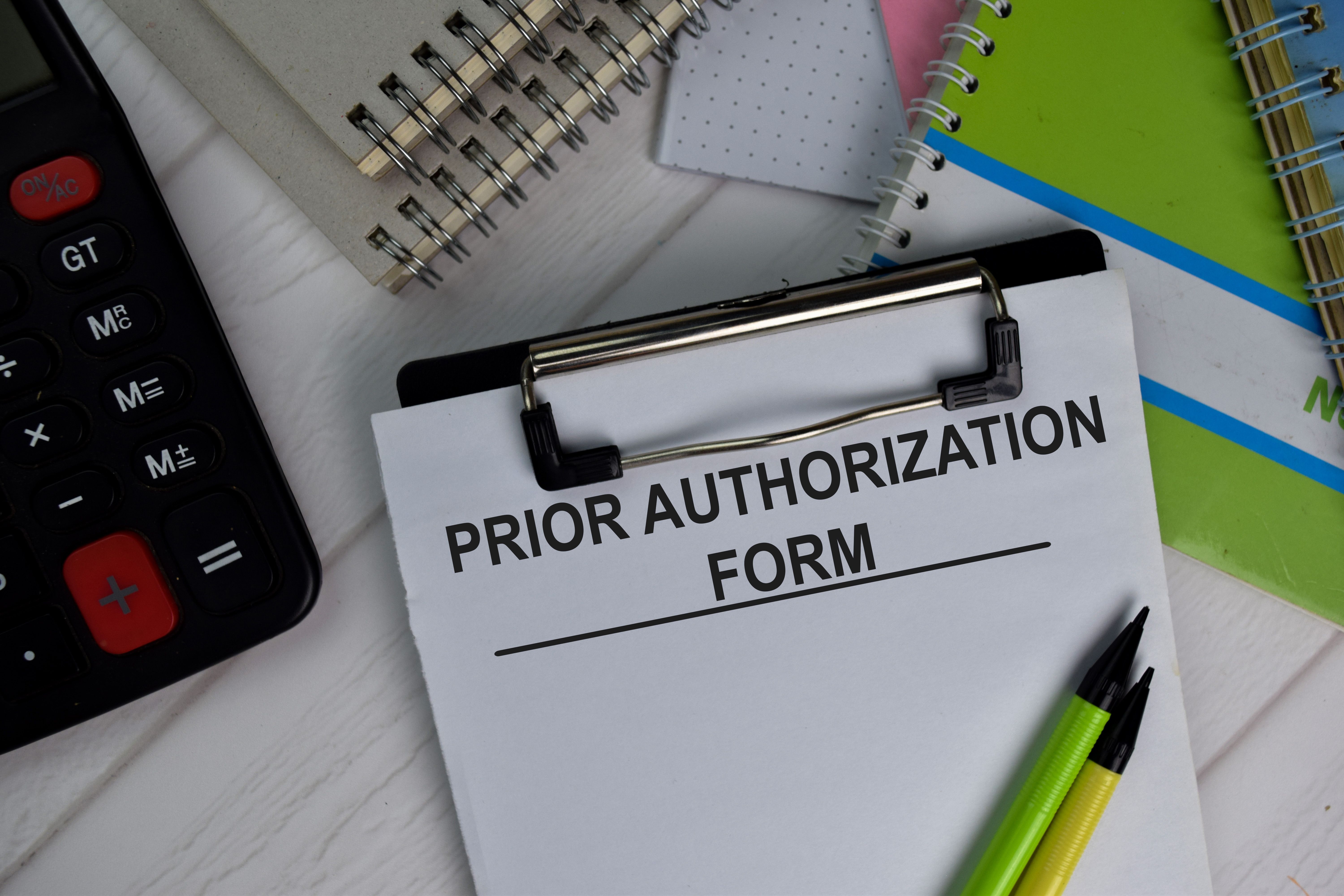Article
Study: Physicians usually wrong when estimating patients’ out-of-pocket drug costs
Author(s):
Less than a quarter of physicians could accurately estimate out-of-pocket drug costs.
Study: Physicians usually wrong when estimating patients’ out-of-pocket drug costs

At a time when high drug prices are adding to patients’ high medical bills, few physicians are accurate when estimating of out-of-pocket costs.
According to a study appearing in JAMA, in a study of 371 primary care physicians, gastroenterologists, and rheumatologists found that only 21 percent of respondents could accurately estimate out-of-pocket drug costs when supplied with information on the drug’s price and the patients insurance plan’s cost-sharing mechanisms.
Specifically, the respondents were asked to estimate the out-of-pocket drug cost for a patient prescribed a new medication costing $1,000 a month without insurance. They were supplied with a summary of the patient’s insurance information including deductible, coinsurance rates, copays, and out-of-pocket maximum and were asked to estimate the cost at four points between January and December. They were asked to use the plans four types of cost sharing: deductibles, coinsurance, copays, and out-of-pocket maximums, the study says.
Overall, 52 percent of respondents were able to accurately estimate the drug cost before the deductible was met, 62 percent were able to accurately use coinsurance information, 61 percent accurately used copay information, and 57 percent accurately estimated the costs once the out-of-pocket maximum was met. Only 21 percent were able to answer all four correctly, according to the study.
The survey also looked at the respondents’ attitudes toward talking about costs with their patients. Most of the respondents (74 percent) agreed that they had an obligation to initiate cost conversations but had difficulty advising patients of out-of-pocket costs (77 percent). Main barriers to these conversations cited by the respondents were insufficient time (76 percent), insufficient knowledge (69 percent), and discomfort with the conversations (41 percent). A further 63 percent reported their patients expected them to solve their cost-related issues, the study says.
“Our study provides some hope that an EHR-based cost estimator could improve physician awareness of drug costs,” the study says. “Although we did not ask physicians to specify the details of their EHRs, those who reported having access to some information about out-of-pocket costs performed better than those who had no information.”





